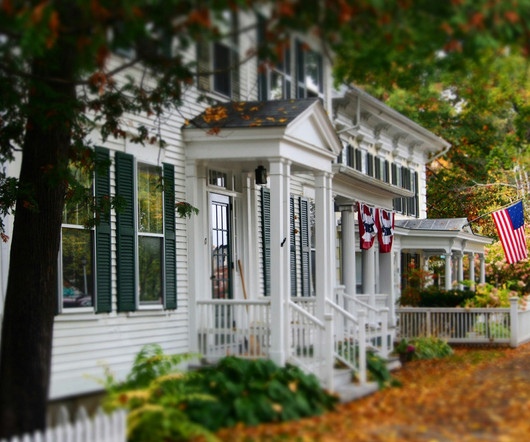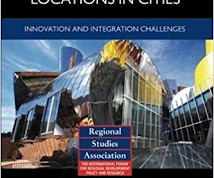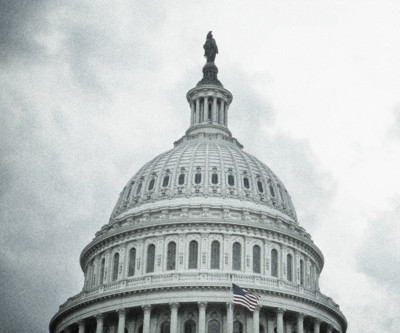What’s the deal with rural land banks? A Q&A with West Virginia Land Stewardship Corporation Executive Director Taylor Bennett
Center for Community Progress
FEBRUARY 27, 2024
Land banks are a powerful tool to address vacant properties in rural communities, and West Virginia passed land bank enabling legislation in 2014. CP: You played a key role in advocating for West Virginia’s land bank-enabling legislation. The bill ran in 2014 and passed that same year.

















Let's personalize your content